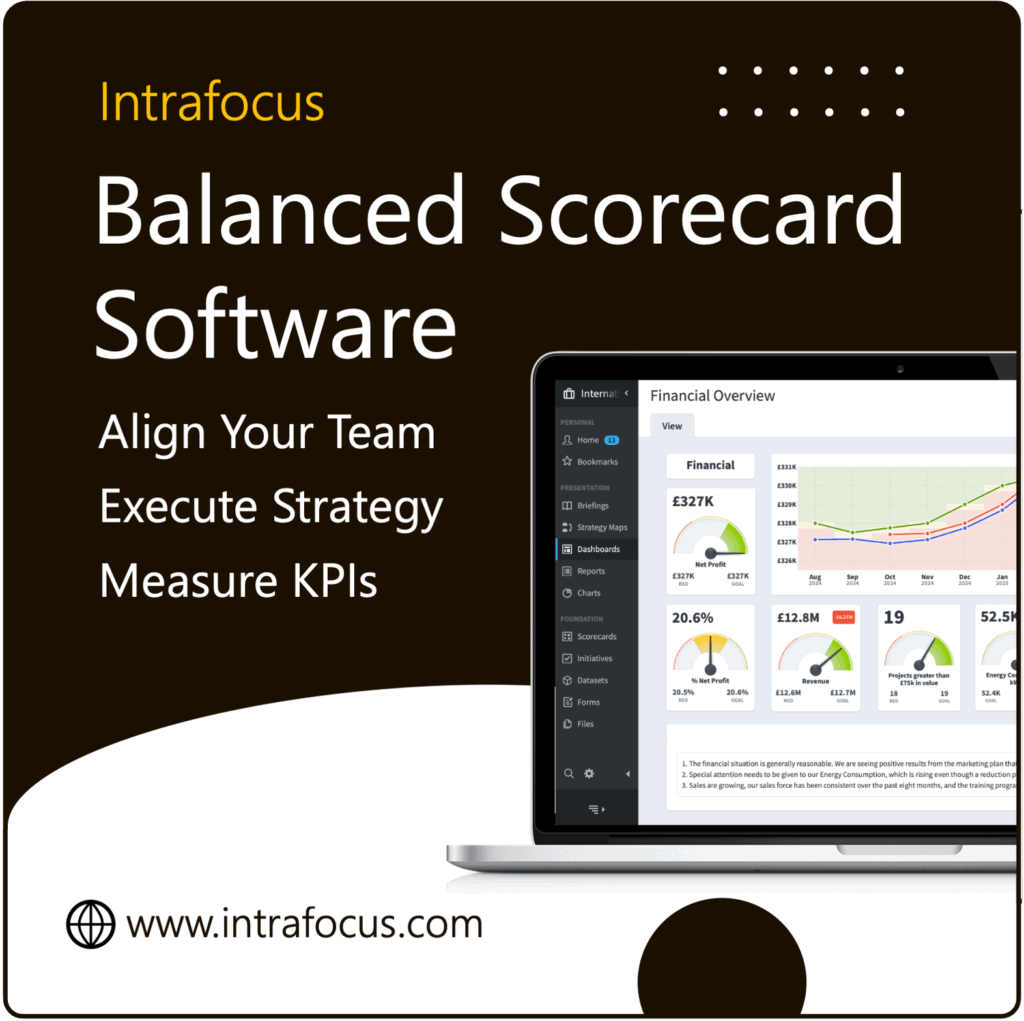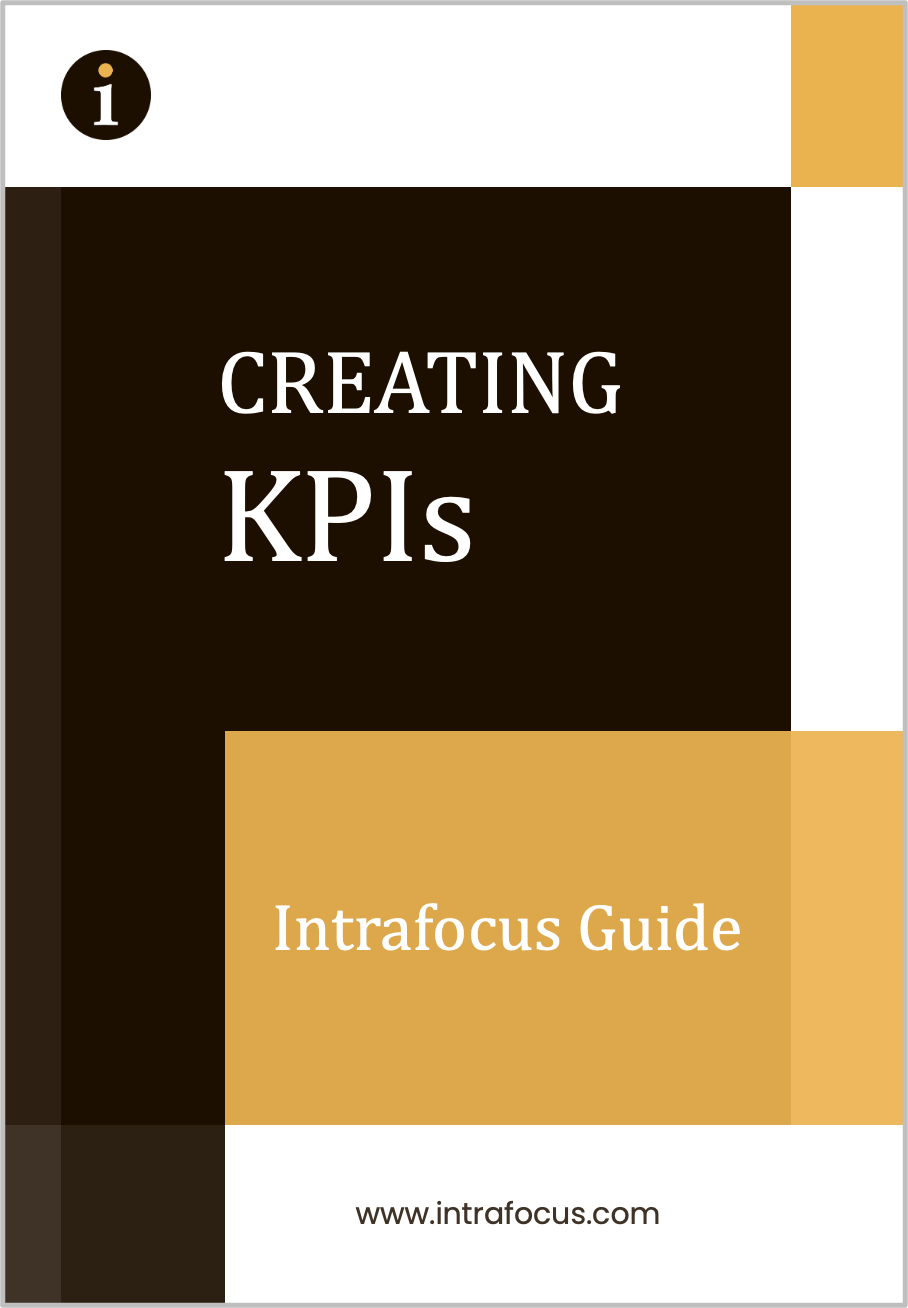More than 50% of strategies fail because people don’t understand them. A carefully designed plan is of little value if it never leaves the meeting room or is lost in the noise of daily operations. Communication is the vital bridge between intention and execution.
When people at every level of the organisation understand the strategy, they can see how their work connects to the bigger picture. That sense of alignment drives engagement and accountability. Without it, even the most brilliant strategy risks fading into obscurity.
So why does strategy communication so often fall short, and what principles make it effective?
The Communication Challenge in Strategy
One of the most significant barriers to execution is what might be called “strategy silence.” Leaders invest months in building a strategy, but once it is written down, it too often lives only in slide decks, reports, or executive meetings. The wider workforce is left disconnected, unaware of how their role contributes to the big picture.
And when employees do not see the link between daily tasks and strategic goals, priorities fragment, motivation declines, and resources scatter. The Harvard Business Review says roughly two-thirds to three-quarters of large organisations struggle with execution, suggesting that while many firms believe strategy is understood, only about half of middle managers can accurately name their organisation’s top priorities.
See also: Spider Impact Balanced Scorecard software — supplied by Intrafocus across the UK & EMEA.
Principles of Effective Strategy Communication
Good strategy communication is not about clever slogans or glossy presentations, you just need to remember four C’s: Clarity, Consistency, Connection, and Credibility.
- Clarity: Messages should be simple and free of jargon, focusing on what matters most, so everyone can understand the ‘what’ and ‘why’.
- Consistency: Strategy must be reinforced across channels and over time. Repetition helps embed meaning.
- Connection: Messages must articulate how strategy impacts roles, teams, and outcomes. When people see the relevance, engagement goes up.
- Credibility: Leadership must align action and words. If what leaders say doesn’t match what they do, trust is eroded.
These ideas are supported in Forbes’s, 7 Mistakes to Avoid When Communicating Your Strategy, which highlights how lacking a clear call to action or failing to repeat core messages weakens execution.
Tailoring the Message to Different Audiences
Effective communication is not one-size-fits-all. Different groups within the organisation need different levels of detail and emphasis.
Senior leaders require communication that reinforces vision, priorities, and accountability. They need to see how performance connects to long-term direction.
Middle managers play a translation role, turning strategy into operational plans. Communication here should equip them with tools and clarity so they can cascade consistent messages to their teams.
Frontline employees need simple, practical communication. They must understand how strategy affects their daily tasks and why their contribution matters.
The key is adapting the core message for each group without changing the essence of the strategy. Visuals, plain language, and storytelling are all effective techniques.
Channels That Make Strategy Visible
The medium matters as much as the message. A strategy announced once in a meeting will quickly be forgotten. To build lasting impact, organisations need to use a blend of channels that make strategy part of the daily conversation.
Town halls, newsletters, intranet updates, and team briefings provide opportunities for leadership to reinforce messages and for employees to ask questions. These moments create visibility and build trust.
Visual communication is especially powerful. Strategy maps and Balanced Scorecard dashboards transform complex goals into clear, easy-to-grasp visuals. They show not just what the strategy is, but how different elements connect. Software like Spider Impact makes this visibility practical, giving everyone access to progress dashboards in real time.
Using the Balanced Scorecard as a Communication Tool
The Balanced Scorecard is more than a performance management framework, it’s a communication system. It takes the abstract language of vision and mission and translates it into structured objectives, measures, and initiatives.
Strategy maps provide a visual story that leaders can share repeatedly across the organisation. Cause-and-effect relationships between objectives are displayed clearly, making it easier for employees to understand how their work contributes to wider success.
Each of the four perspectives, Financial, Customer, Internal Processes, and Organisational Capacity, offers a way to explain strategic priorities from different angles. This makes communication relevant to diverse groups, whether they are frontline staff focused on processes or executives focused on financial outcomes.
With Spider Impact, Balanced Scorecard data is accessible across the organisation. People can see progress toward goals, understand where resources are being applied, and track the impact of initiatives. This transparency helps maintain trust and reinforces that the strategy is not hidden but shared.
The Role of Culture and Leadership in Communication
Communication does not exist in a vacuum; it thrives or fails within the culture of the organisation. A culture of openness, trust, and accountability makes strategy communication far more effective. When employees believe leaders are being transparent and genuine, they listen more carefully and engage more deeply.
So, leaders play a critical role in setting the tone. Strategy cannot just be something they talk about, it must be reflected in their decisions and actions. When leaders “walk the talk,” strategy feels real rather than aspirational. Equally important is recognition. Celebrating teams that live the strategy reinforces its importance and encourages others to follow suit.
Culture also benefits from listening. Feedback loops ensure that communication flows both ways, allowing employees to ask questions, raise concerns, and share ideas. This exchange makes communication more authentic and strengthens alignment across the organisation.
Practical Steps to Build a Communication Plan
Turning principles into practice requires structure. A communication plan provides the framework to keep strategy messages consistent, timely, and effective.
Practical steps include:
- Define your audiences: executives, managers, and frontline staff each have different needs.
- Craft key messages: what does each group need to know and why does it matter?
- Select the right channels: combine formal events, digital dashboards, and informal conversations.
- Establish feedback loops: surveys, Q&A sessions, or open forums to gather employee voice.
- Review and adjust regularly: measure how well communication is landing and refine the approach.
Keeping Strategy Alive Through Communication
Communication is the lifeblood of strategy execution. Without it, even the most carefully crafted strategy risks fading into the background. The Balanced Scorecard offers a proven framework to make strategy visible, structured, and accessible. Tools like Spider Impact take this further, providing dashboards and strategy maps that keep everyone connected to the bigger picture.
New technologies offer powerful enhancements, from simplifying data into plain language, to tailoring updates for different audiences, to analysing feedback quickly. But technology is not the solution on its own. Success depends on leaders who communicate with clarity, consistency, and credibility, and on a culture that values openness and trust.
If you want to keep your strategy alive across the organisation and ensure your teams are aligned, engaged, and focused, contact Intrafocus. We can help you design communication frameworks that make strategy more than words, turning it into action and results.



